Full Automatic Constant Pressure Variable Frequency Water Supply Equipment is a new generation of hi...
See DetailsEfficient and Reliable Liquid Handling with Self-Sucking Pumps
Industry News-Self-sucking pumps, also known as self-priming pumps, are widely used in various industrial, agricultural, and domestic applications due to their ability to start pumping without manual priming. These pumps are designed to automatically remove air from the suction line, allowing liquid to flow efficiently from a source into the pump and onward to the intended outlet. Their convenience and efficiency make them an essential component in water transfer, irrigation, and fluid handling systems.
One of the main advantages of self-sucking pumps is their ease of operation. Unlike traditional pumps that require manual filling to remove air before starting, self-sucking pumps can initiate fluid flow on their own. This reduces the risk of errors, saves time, and enhances overall productivity. The ability to handle fluids without pre-priming is particularly useful in situations where frequent starts and stops are necessary or where the water source is located below the pump’s level.
Self-sucking pumps are available in a variety of designs, including centrifugal, rotary, and diaphragm types. Centrifugal pumps are commonly used for high-volume water transfer and irrigation applications. Rotary pumps, including gear and vane types, are suitable for viscous liquids or moderate pressure requirements. Diaphragm pumps offer precise flow control and are often used for chemical or slurry handling. Selecting the right type depends on factors such as fluid characteristics, flow rate, and system pressure.
Durability and reliability are key considerations for self-sucking pumps. High-quality models are made from materials such as cast iron, stainless steel, or reinforced plastics to withstand wear, corrosion, and varying temperatures. Seals, impellers, and bearings are designed for long-term operation, small maintenance needs and reducing downtime. Proper installation and regular maintenance, including checking for leaks, cleaning filters, and inspecting seals, help ensure consistent performance and extend the lifespan of the pump.
Another advantage of self-sucking pumps is their ability to handle short suction lifts. They can draw liquid from a source that is slightly below the pump level without requiring additional equipment, such as foot valves or priming tanks. This makes them suitable for wells, reservoirs, tanks, and rivers, where the water level may fluctuate or the suction distance is limited. Many pumps are also designed to tolerate air pockets, reducing the risk of cavitation and improving operational stability.
Self-sucking pumps are used in a wide range of applications. In agriculture, they are essential for irrigation systems, transferring water from ponds, rivers, or storage tanks to fields efficiently. In construction and industry, they are used for dewatering, circulating cooling water, or moving liquids between process tanks. In domestic settings, these pumps can assist with garden watering, rainwater transfer, or household water supply from wells or cisterns.
Efficiency and energy consumption are important factors in selecting a self-sucking pump. Choosing a pump that matches the required flow rate and head ensures good performance and reduces unnecessary energy use. Variable speed or adjustable models provide flexibility, allowing users to control flow according to specific needs while maintaining consistent suction and pressure.
Overall, self-sucking pumps offer a practical and efficient solution for liquid transfer across various applications. Their self-priming capability, versatility in design, durability, and ease of operation make them suitable for agricultural, industrial, and domestic uses.
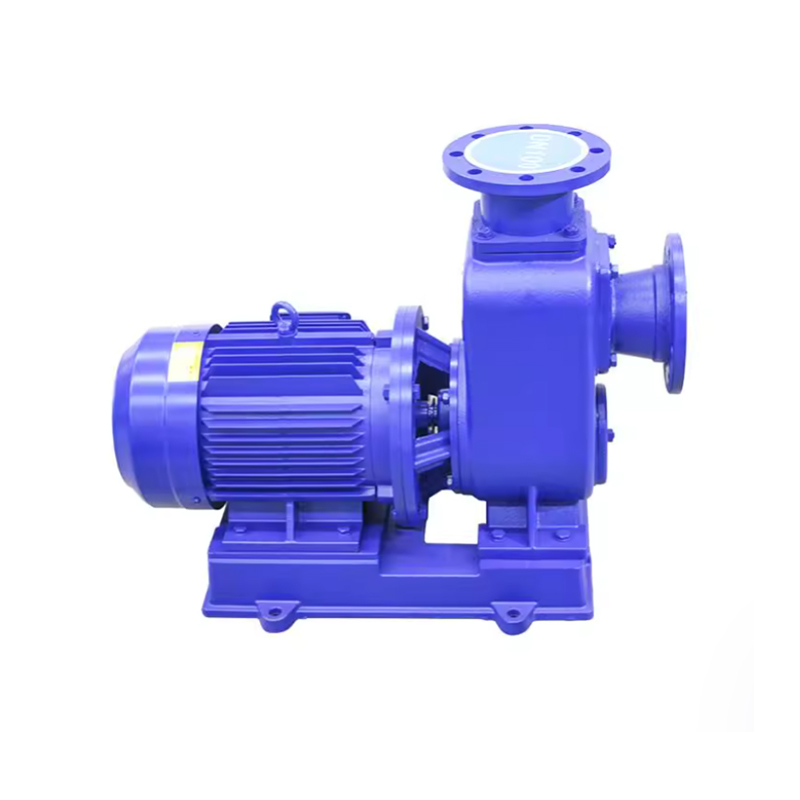


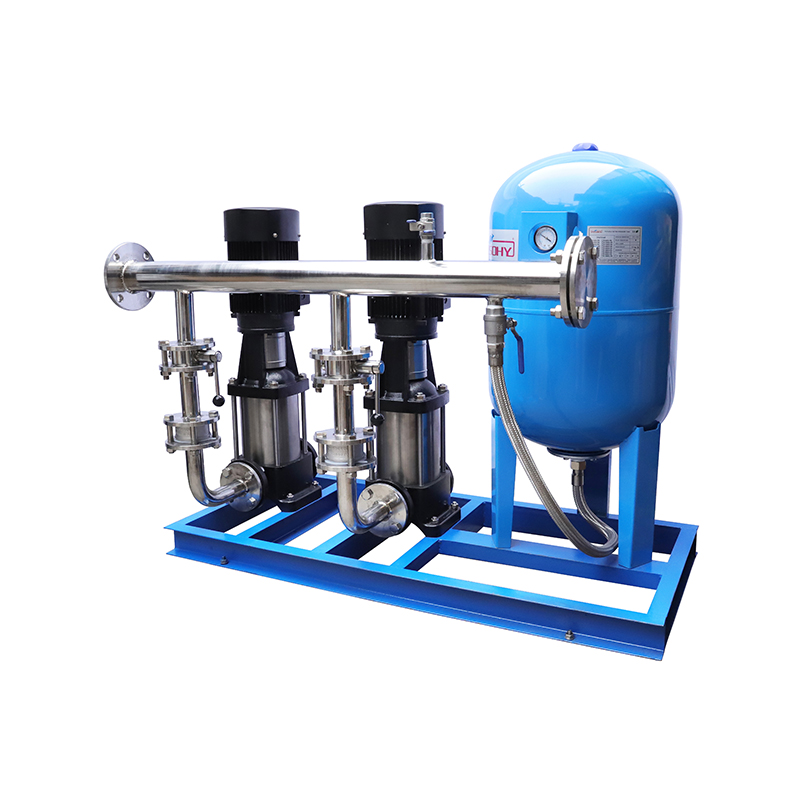
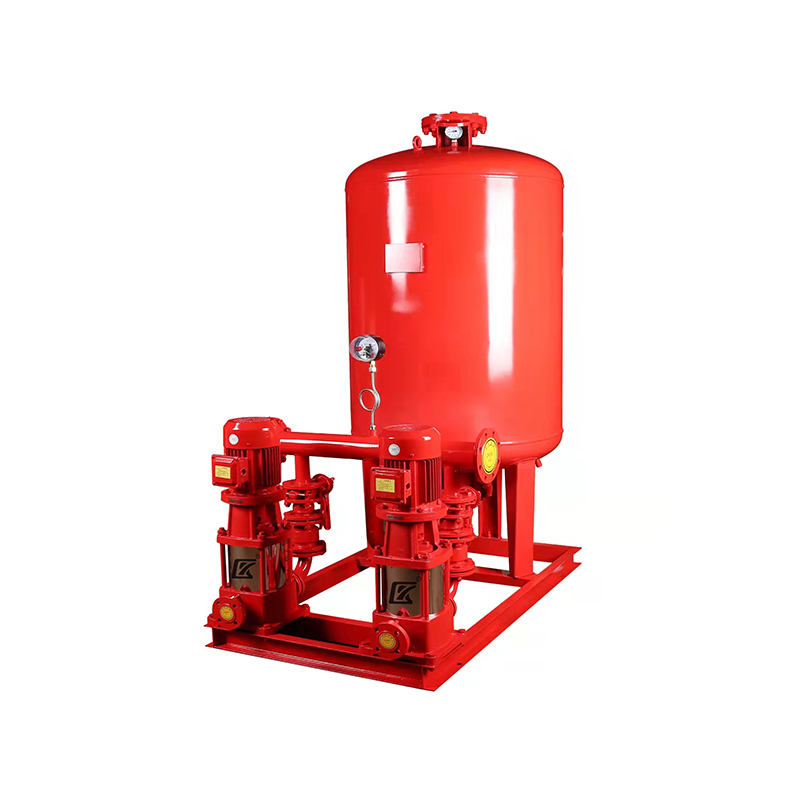
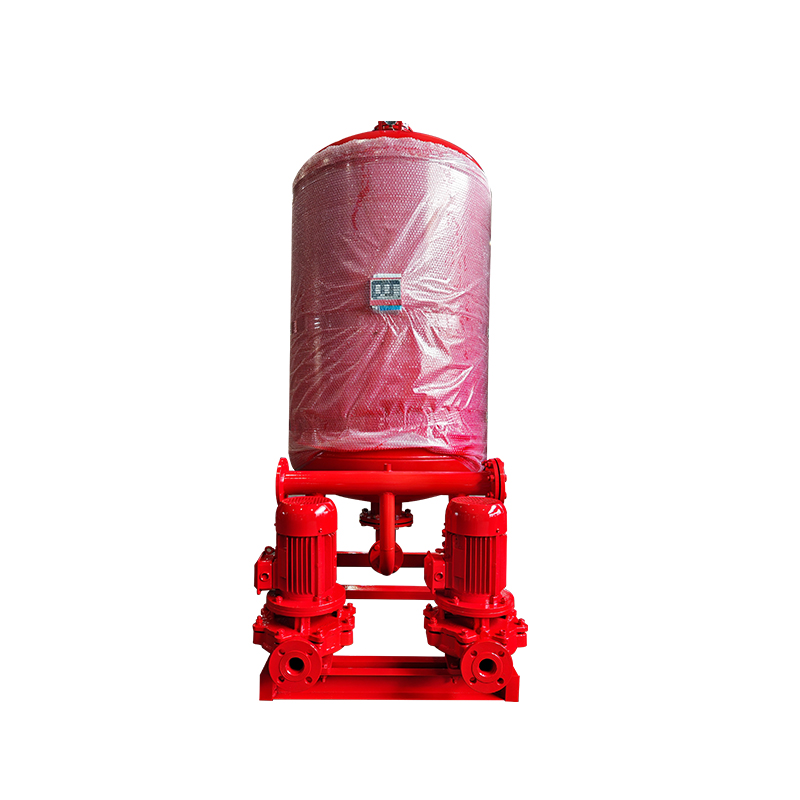

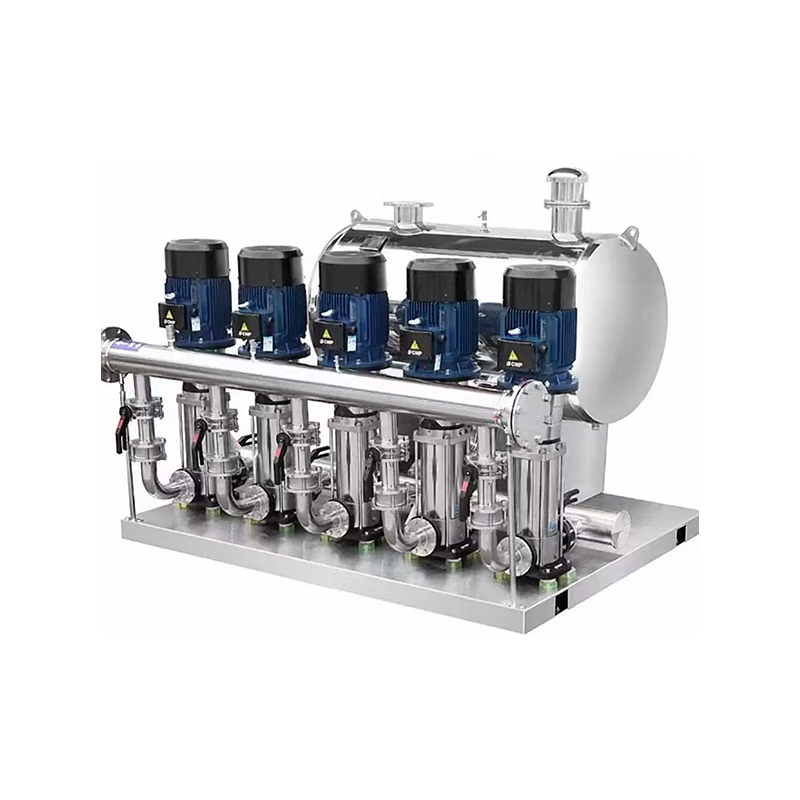
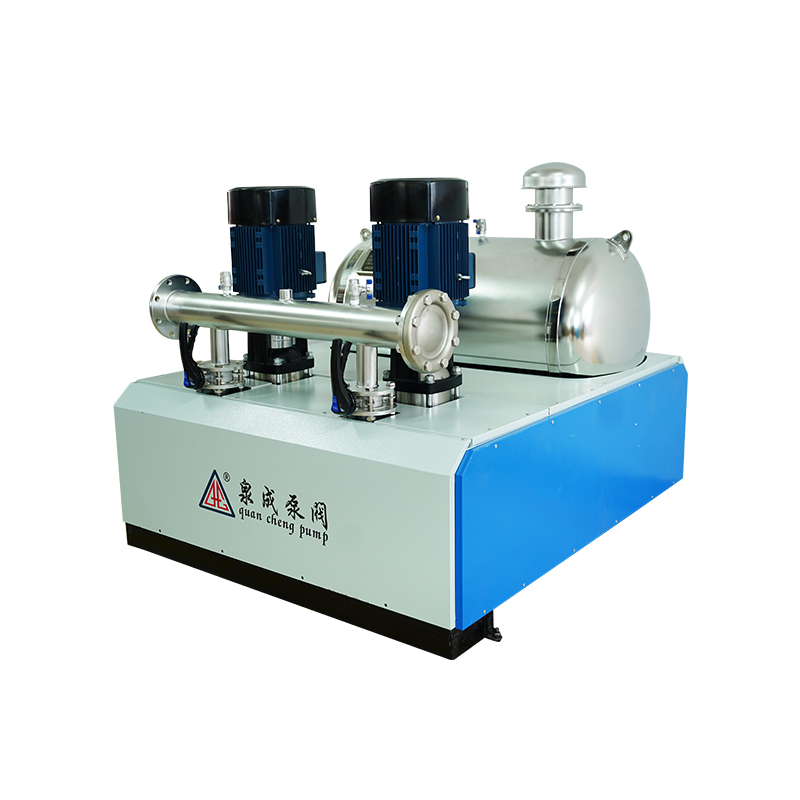
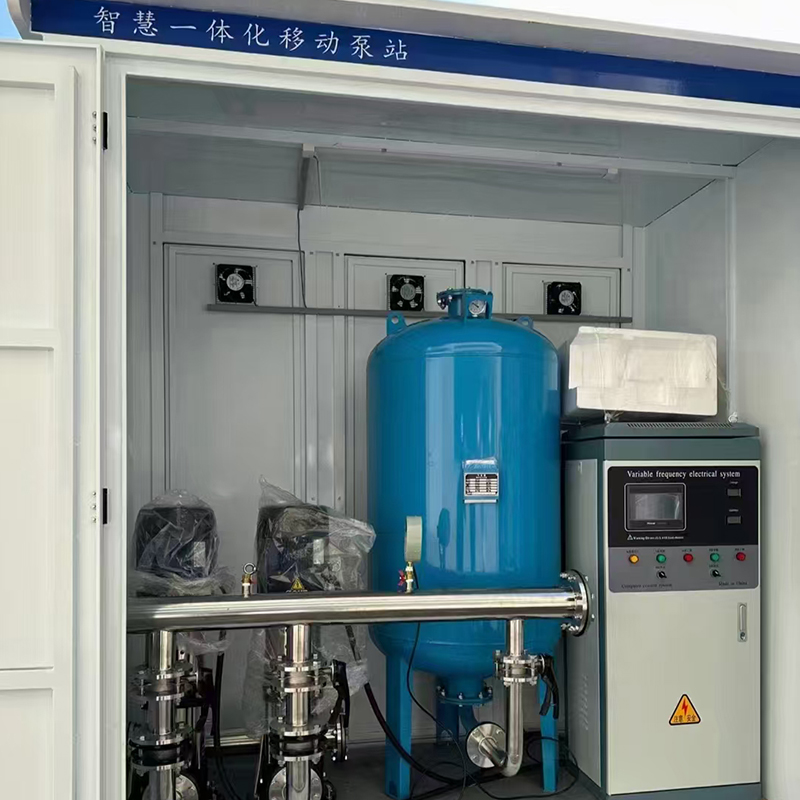
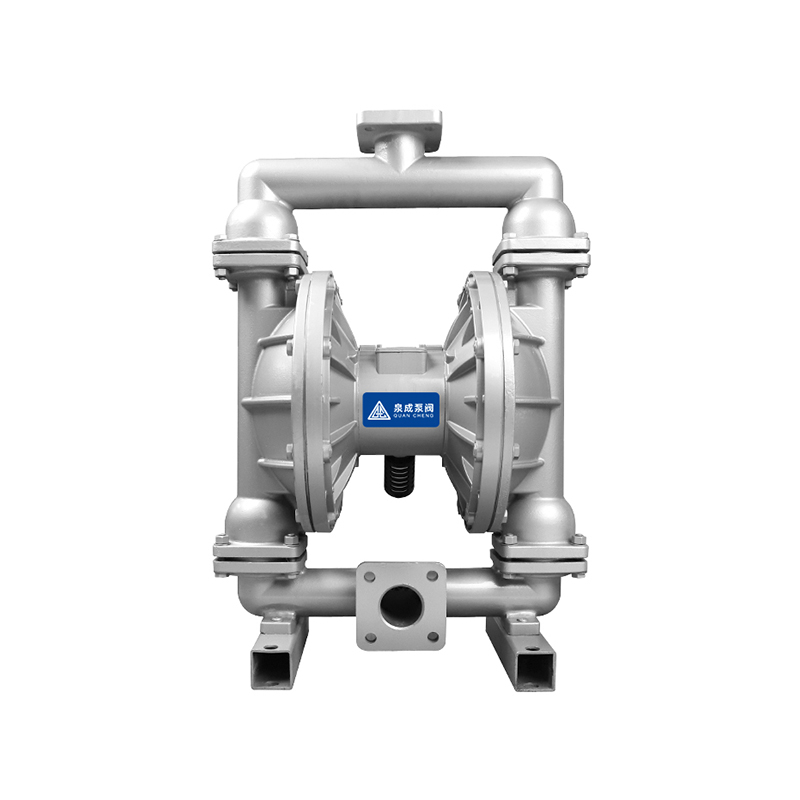
 浙公网安备33032402001888号
浙公网安备33032402001888号
